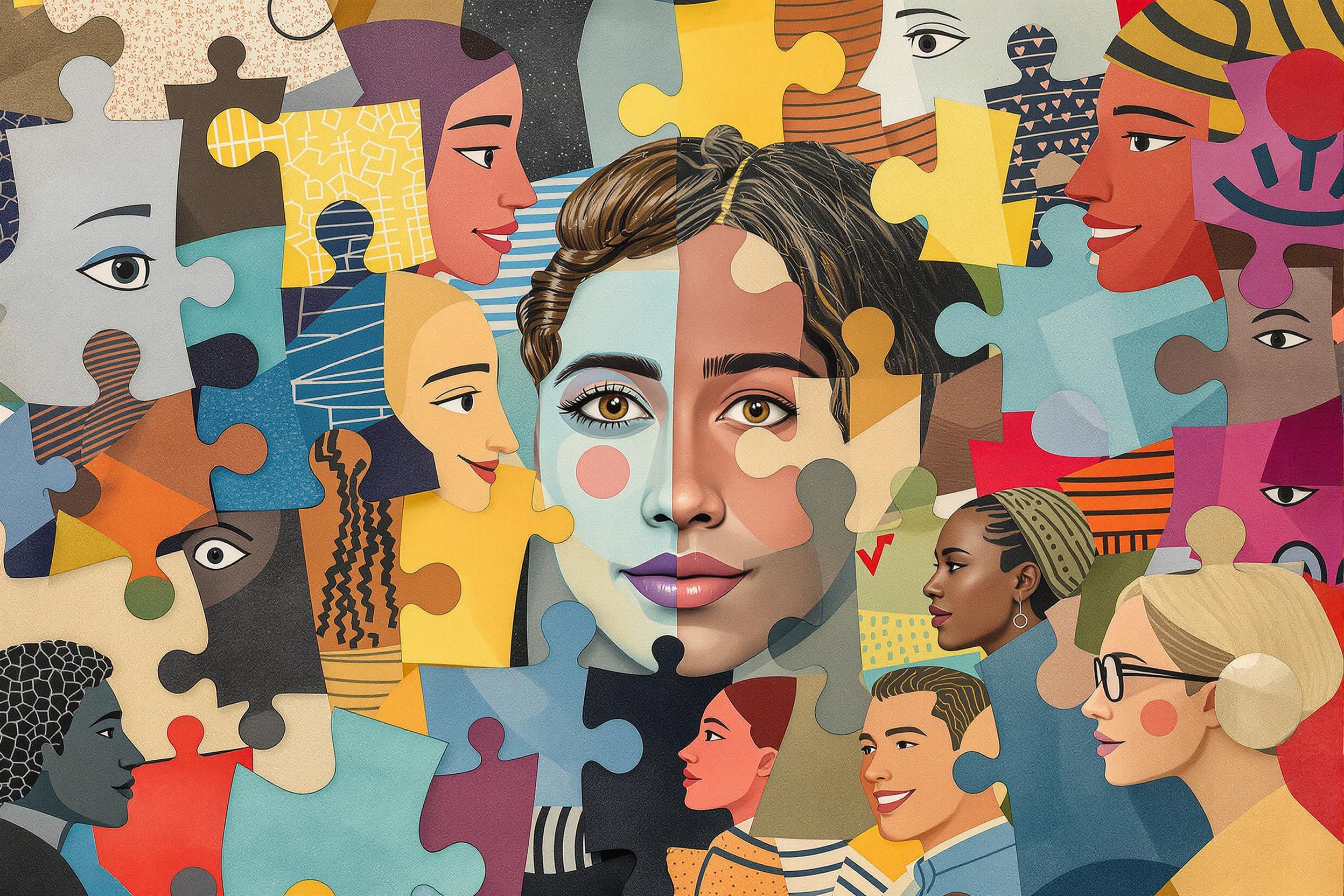
Color Theory
Color Theory is a set of guidelines that designers use to create visually appealing and harmonious color combinations in spaces or designs. It's like having a roadmap for choosing colors that work well together. This knowledge helps decorators and designers make informed decisions about paint colors, furniture, accessories, and overall room schemes. While it might sound technical, it's really about understanding how different colors make people feel and how they can be combined to create the desired atmosphere in a space.
Examples in Resumes
Applied Color Theory principles to create balanced and harmonious retail spaces
Used Color Theory and Color Psychology to design calming healthcare environments
Created mood boards incorporating Color Theory concepts for residential projects
Typical job title: "Interior Designers"
Also try searching for:
Where to Find Interior Designers
Professional Organizations
Online Communities
Job Resources
Example Interview Questions
Senior Level Questions
Q: How do you approach creating a color strategy for a large commercial project?
Expected Answer: A senior designer should discuss analyzing brand guidelines, considering different lighting conditions, space functionality, and creating a cohesive color scheme that works across multiple areas while maintaining visual interest.
Q: How do you handle client objections to your color choices?
Expected Answer: Should explain their process of educating clients about color psychology, presenting mood boards, and using examples to demonstrate how their choices align with the project goals and client needs.
Mid Level Questions
Q: What are the main color schemes and when do you use them?
Expected Answer: Should be able to explain complementary, analogous, and triadic color schemes in simple terms and give examples of appropriate uses for each in different types of spaces.
Q: How do you adjust your color choices based on lighting conditions?
Expected Answer: Should discuss how natural and artificial lighting affects color appearance and how they account for this in their design process.
Junior Level Questions
Q: What are the primary, secondary, and tertiary colors?
Expected Answer: Should demonstrate basic understanding of the color wheel and how colors are created by mixing other colors.
Q: How do warm and cool colors affect a space?
Expected Answer: Should explain how warm colors (reds, oranges) can make spaces feel cozy and energetic, while cool colors (blues, greens) can create calm and spacious feelings.
Experience Level Indicators
Junior (0-2 years)
- Basic understanding of color wheel
- Knowledge of primary and secondary colors
- Creating simple color schemes
- Understanding warm and cool colors
Mid (2-5 years)
- Creating complex color palettes
- Understanding color psychology
- Working with different lighting conditions
- Color forecasting and trends
Senior (5+ years)
- Advanced color strategy development
- Commercial color planning
- Brand color integration
- Teaching and mentoring on color theory
Red Flags to Watch For
- Unable to explain basic color combinations
- No understanding of how lighting affects color
- Lack of experience with color boards or samples
- No knowledge of color psychology in spaces
Need more hiring wisdom? Check these out...

Culture Add vs Culture Fit in Hiring: Why It May Be Time to Rethink Your Approach

The Art of Selecting Great People: A Leader's Most Critical Skill

Unlocking Team Potential: Personality Mapping for Dynamic Management

